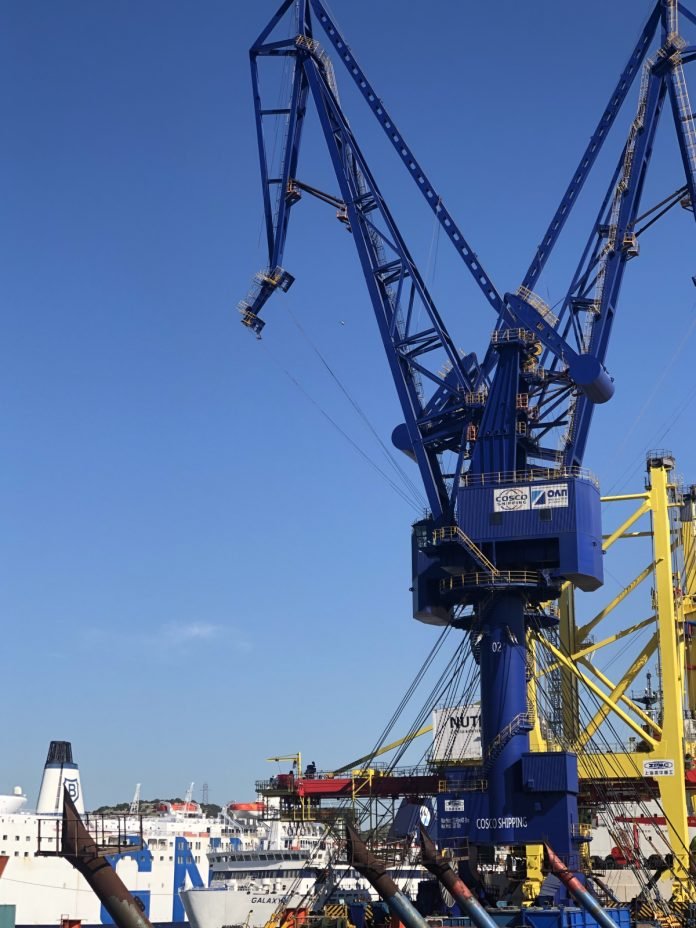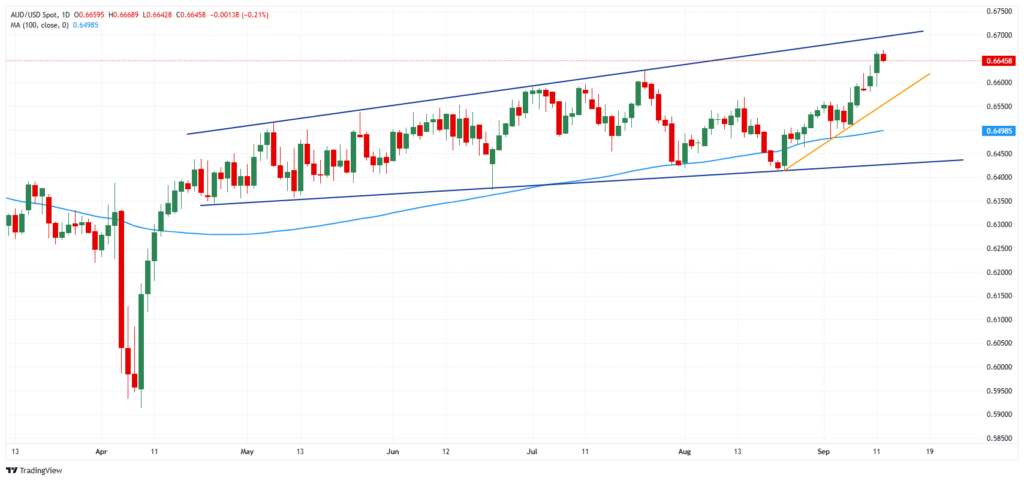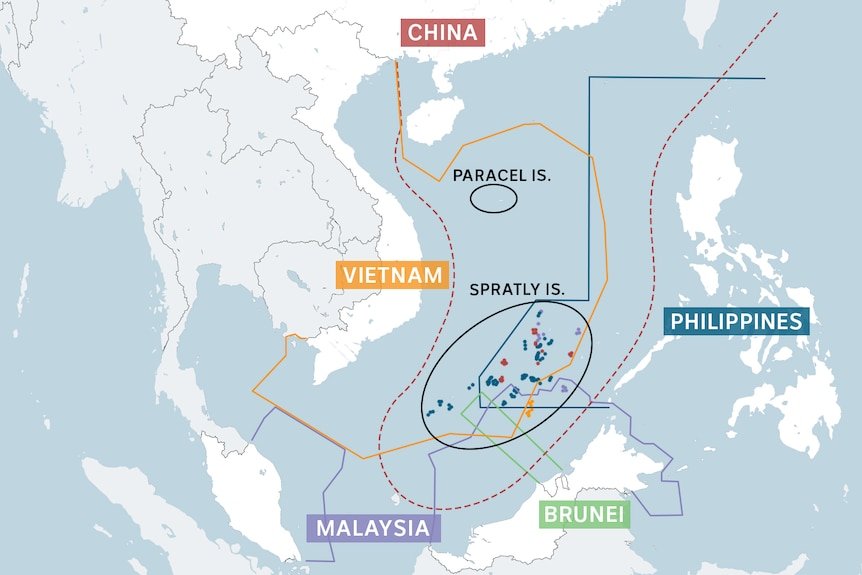Russia has the fifth-largest reserves of rare earth metals in the world, yet it produces almost none.
These minerals are critical for electronics, electric vehicles, renewable energy, and modern weapons systems. Moscow knows it needs them, especially as global supply chains tighten and sanctions limit access to advanced technology. But without the know-how to extract and process rare earths, Russia remains dependent on imports.
That dependency is now driving the Kremlin to seek help primarily from China, the one country that dominates the industry from start to finish.
The question is whether Beijing will give Russia the technology it needs, and whether Moscow can realistically build a self-sufficient rare earth sector in time to reduce its reliance on foreign suppliers.
Talks With China
Earlier this week, First Deputy Prime Minister Denis Manturov admitted Russia has been in negotiations with China about gaining access to extraction technologies, especially for rare earth oxides. So far, though, Beijing has not agreed.
“These are some of the most advanced technologies in the world,” Manturov explained. “They are controlled mainly by China and the United States.”
This blunt admission reflects the core of Russia’s problem. The country has the raw materials, but not the means to turn them into usable products.
Untapped Reserves & Heavy Dependence
Russia’s subsoil is rich. The Ministry of Natural Resources estimates the country holds around 28.5 million tons of rare earth metals and more than 650 million tons of rare metals. Yet production is almost nonexistent.
Russia consumes about 3,000 tons of rare earths every year but extracts only about 50 tons. That means more than 98 percent of its domestic demand is met through imports.
The dependency extends well beyond rare earths. Foreign suppliers provide 57 percent of Russia’s tungsten, 51 percent of its molybdenum, 61 percent of zirconium, more than 90 percent of niobium, over 60 percent of tantalum, and the full 100 percent of its lithium, according to the Ministry of Industry and Trade.
Globally, Russia accounts for only about 1 percent of rare earth production.
Putin’s Acknowledgement & Outreach
Even Vladimir Putin has openly acknowledged the problem.
In February, he called rare earths “essential for modern sectors of the economy” and admitted Russia was far behind. He suggested that the United States could even be a partner in joint projects, despite the hostile political climate.
Putin pointed to reserves spread across the country, from Murmansk in the north and Kabardino-Balkaria in the Caucasus to Yakutia, Tuva, and the Irkutsk region in Siberia. He even mentioned areas of Ukraine currently under Russian occupation.
“These are expensive, capital-intensive projects,” he said. “We would be happy to work with any foreign partners, including American ones.”
That statement revealed two things: Moscow’s recognition that it cannot go it alone, and its willingness to use rare earths as a bargaining chip in geopolitics.
Ambitious Targets
Russia has set production goals that, on paper, look significant. For large-scale metals such as lithium, tungsten, titanium, zirconium, molybdenum, niobium, and light rare earth oxides, annual output is supposed to rise to 50,000 tons.
For smaller-scale production of tantalum, beryllium, hafnium, indium, gallium, rhenium, and medium to heavy rare earth oxides, the target is 80 tons.
If achieved, these targets would reduce Russia’s dependence on imports from nearly 100 percent to around 48 percent, according to Vedomosti. Yet the scale of investment required and the lack of processing expertise make these targets difficult to achieve.

A New Push For A National Strategy
Last week, Putin ordered his government to present a detailed strategy for rare earth development by the end of November.
A federal project, “Development of the Rare and Rare Earth Metals Industry,” has already been drafted by the Ministry of Industry and Trade. It calls for tripling production by 2030.
Russia has announced such plans before, but progress has always been slow. The difference this time is the urgency created by sanctions and restricted access to Western technology.
Whether this strategy becomes a real industrial program or ends up on a shelf like earlier ones remains an open question.
China’s Grip On The Industry
Any discussion of rare earths eventually circles back to China. Over the past several decades, Beijing has built near-total control of the sector.
Today, it produces around 70 percent of the world’s rare earths, handles nearly 90 percent of their processing, and manufactures 93 percent of rare earth magnets.
These magnets are central to everything from smartphones and wind turbines to fighter jets and missile guidance systems.
By keeping prices low, China has pushed competitors out of the market and cemented its dominance.
The United States still sources 80 percent of its rare earth imports from China, while the European Union relies on Beijing for around 98 percent of its supply. This dependence has become one of the most uncomfortable fault lines in global trade.
China’s Technological Edge
Beijing is not only the biggest producer; it is also setting the pace for technological innovation. Researchers at the Chinese Academy of Sciences recently unveiled a new extraction method that uses electric fields to separate rare earths from ore.
According to a study cited by the South China Morning Post, the method achieves a 95 percent recovery rate, shortens mining time by 70 percent, and reduces electricity use by 60 percent. Just as important, it reportedly cuts ammonia emissions by 95 percent compared to conventional processes.
If the technology proves scalable, it could reshape the industry. Mining rare earths has long been criticized for its environmental toll, but this approach promises efficiency and sustainability at the same time.
The Environmental Dilemma
Rare earths are not truly rare in nature, but they are difficult to extract economically. Traditional methods involve toxic chemicals, wastewater, and heavy energy use.
That is why so many countries have preferred to rely on imports rather than develop their own industries, leaving China to bear the environmental costs.
If Beijing’s new method works as advertised, it could allow China not only to keep its dominant role but also to polish its environmental record. That combination—cost, efficiency, and sustainability—would make it even harder for other nations, Russia included, to compete.
Russia’s Place In The Puzzle
For Russia, the problem is clear. It has enormous reserves but little production. It aims to reduce imports, but it lacks the necessary technology. China, meanwhile, has both the know-how and the global market share, giving it little incentive to share advanced techniques.
Moscow’s November deadline for a national rare earth strategy reflects a sense of urgency, but without foreign partners, it is difficult to see how targets will be met. Even if China agrees to cooperate, it will almost certainly do so on terms that keep Russia dependent.
In short, Russia’s rare earth future is still trapped in the same dilemma: plenty of resources underground, but not enough tools above ground to bring them to market.
The Gap Between Ambition & Reality
Rare earth metals are the backbone of modern technology and defense, and China controls nearly every step of the supply chain.
Russia, despite its huge reserves, remains a marginal player. Its reliance on imports is deep, and its hopes for self-sufficiency depend on technology that it does not possess.
Putin’s call for a national strategy by November suggests the Kremlin understands the stakes. But unless Moscow finds partners willing to share technology—or develops breakthroughs of its own—its ambitions to triple production by 2030 may remain more aspiration than reality.
For now, the world’s phones, cars, and weapons still run through Chinese supply chains. And for Russia, the gap between reserves and production is as wide as ever.
- Shubhangi Palve is a defense and aerospace journalist. Before joining the EurAsian Times, she worked for ET Prime. She has over 15 years of extensive experience in the media industry, spanning print, electronic, and online domains.
- Contact the author at shubhapalve (at) gmail.com






